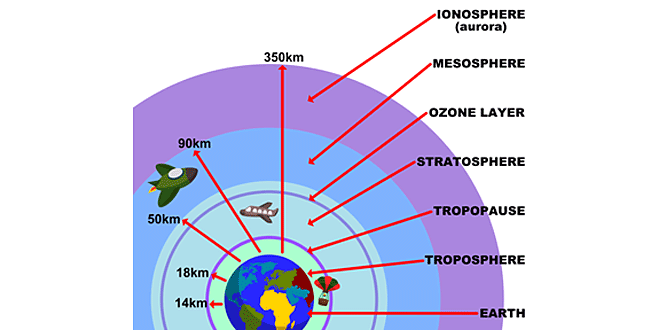Question: Differentiate between sedimentation and decantation.
Answer:
Sedimentation: If the mixture of insoluble impurities. For e.g. mud and water is allowed to stand undisturbed in a beaker. After some time, the mud settles down at the bottom of the container as sediments. This processes is called sedimentation.
Decantation: Clean water obtained from the process of sedimentation can then be poured out into a separate container without disturbing the sediments. this process is called decantation.
Question: What is loading?
Answer: The rate of sedimentation can be increased by adding special chemicals like alum. This process is called loading.
Question: Differentiate between boiling and distillation.
Answer:
Boiling:
- In this process a liquid vaporized by heating it to its boiling point.
- In this process the vapor is released into the atmosphere.
- It is a simple process and can be easily carried at home.
- Boiling can take place in a short time (for eg 10 mins).
- Boiling kills all the germs like bacteria, virus.
- Boiled water can be used for drinking.
Distillation:
- In this process soluble impurities are removed from a solution by evaporation and condensation.
- In this process the vapour is collected to cool it down and form a pure liquid.
- It is a complex process and cannot be carried at home.
- Distillation will occur in a long period of time. ( for eg 1-3 hrs).
- Distillation not only kill the germs but also kill all the minerals in water.
- Distilled water cannot be used for drinking as it has no muscles.
Question: Describe with examples how air pressure helps in our everyday life.
Answer: Air pressure helps us in our everyday life. We would not be able to do many things if there is no air pressure. some examples are:-
- Filling up fountain pens.
- Filling up a syringe.
- Drinking through a straw.
- Using droppers.
For example if we try to open a juice can and we make a small slit on one side, the juice will flow out slowly. But if we make another slit the juice will flow out rapidly. This happens because air enters the juice can from the second slit and air pressure pushes the juice out of the can.
 Class Notes NCERT Solutions for CBSE Students
Class Notes NCERT Solutions for CBSE Students


